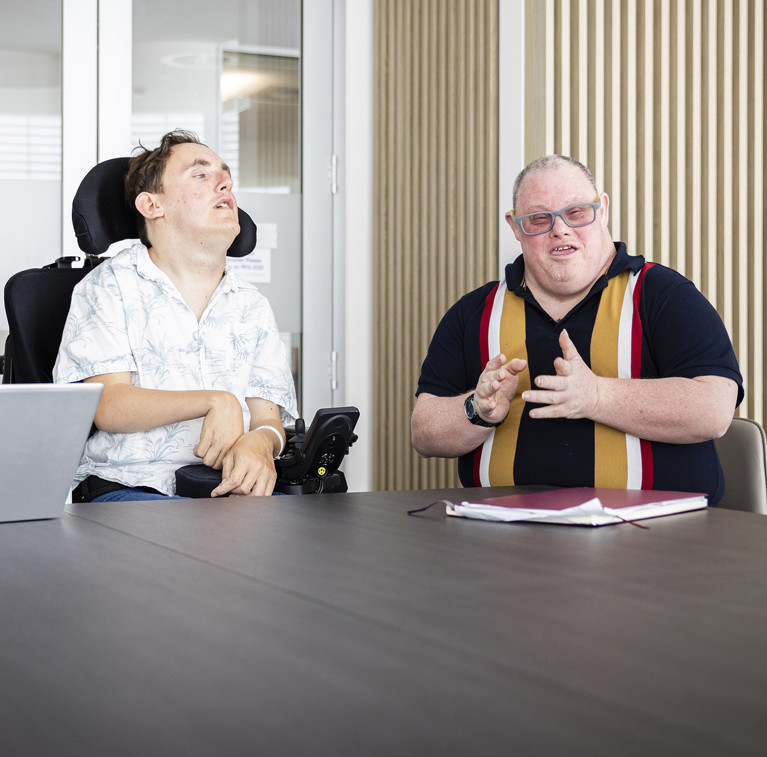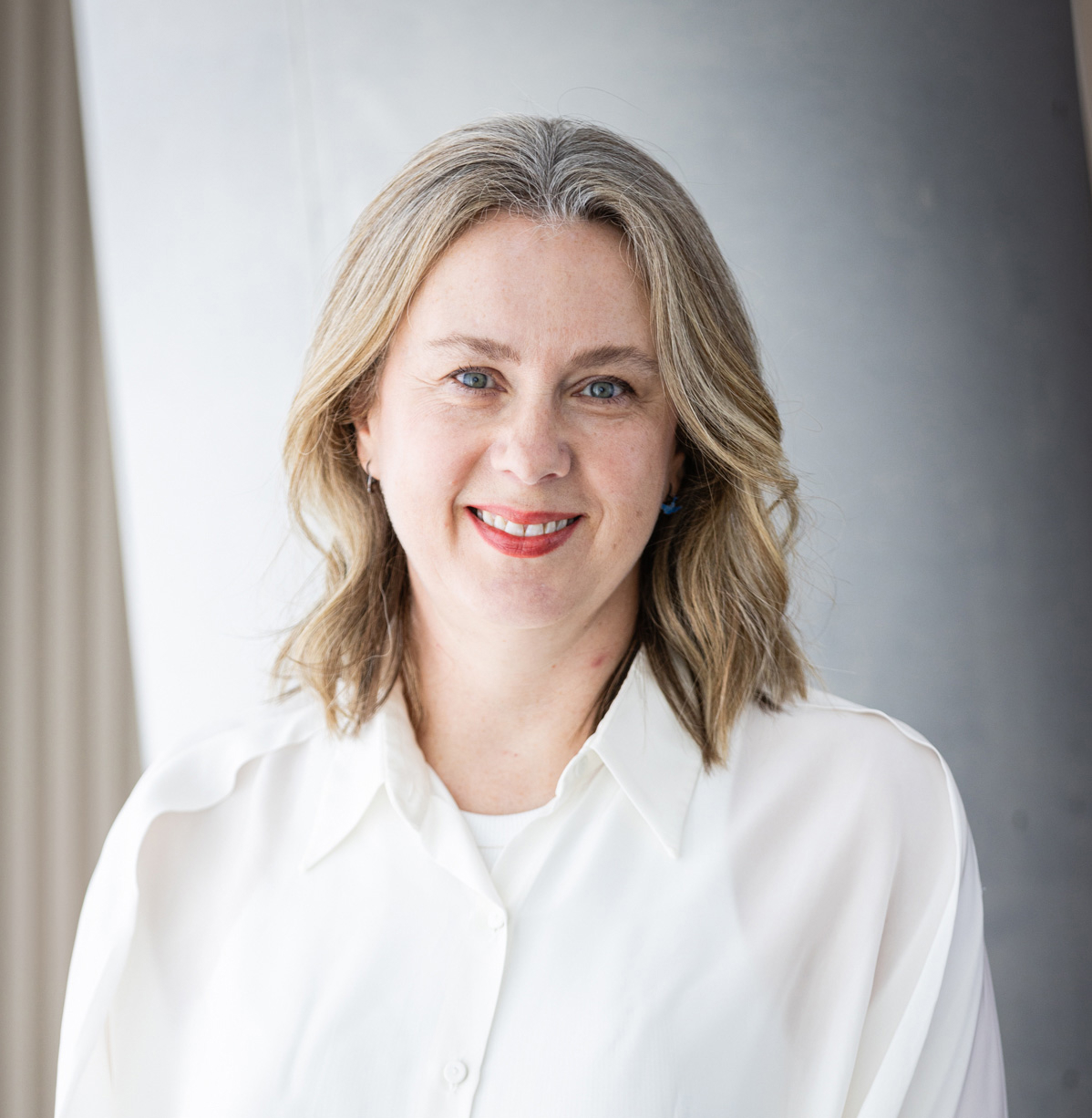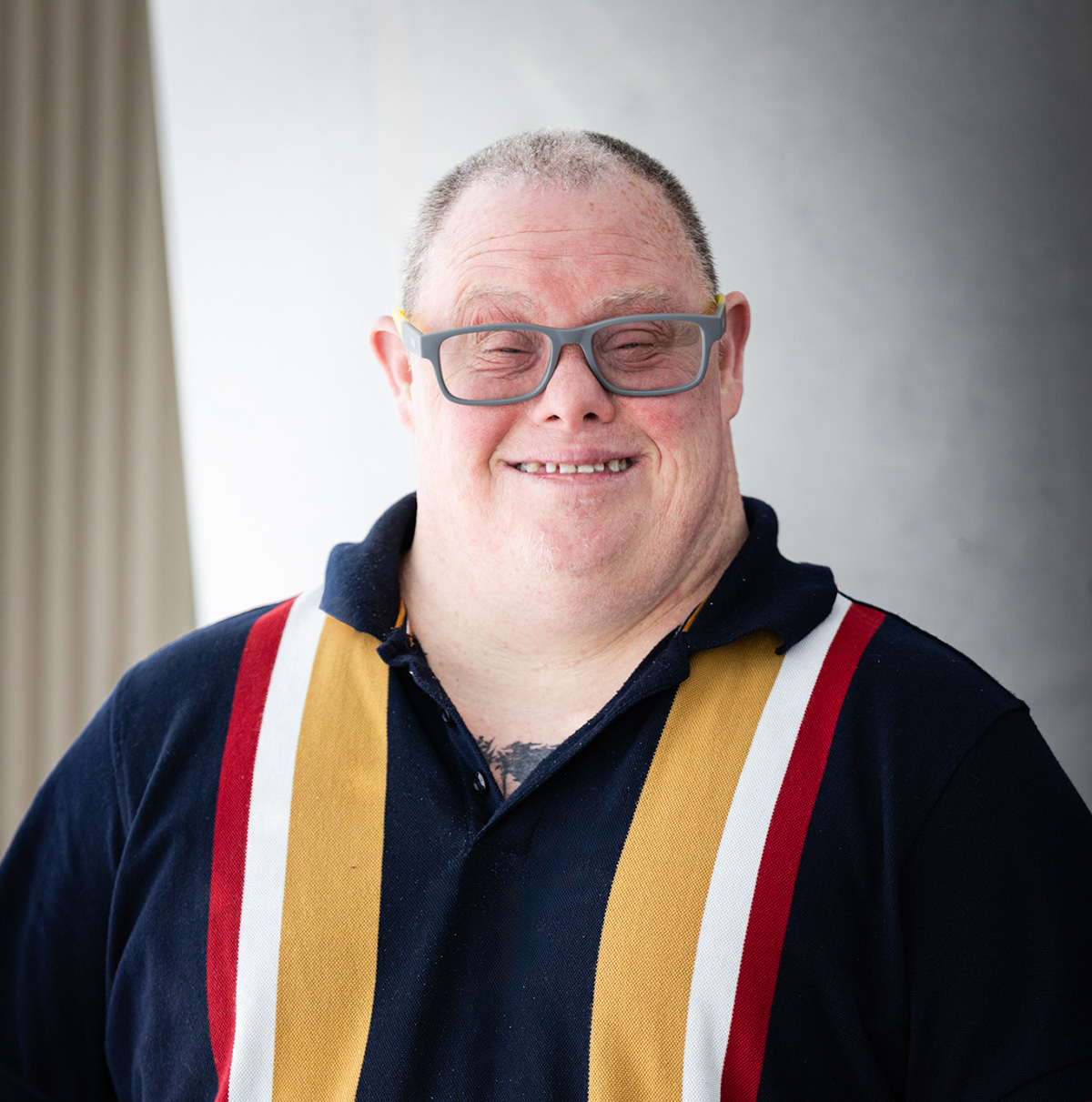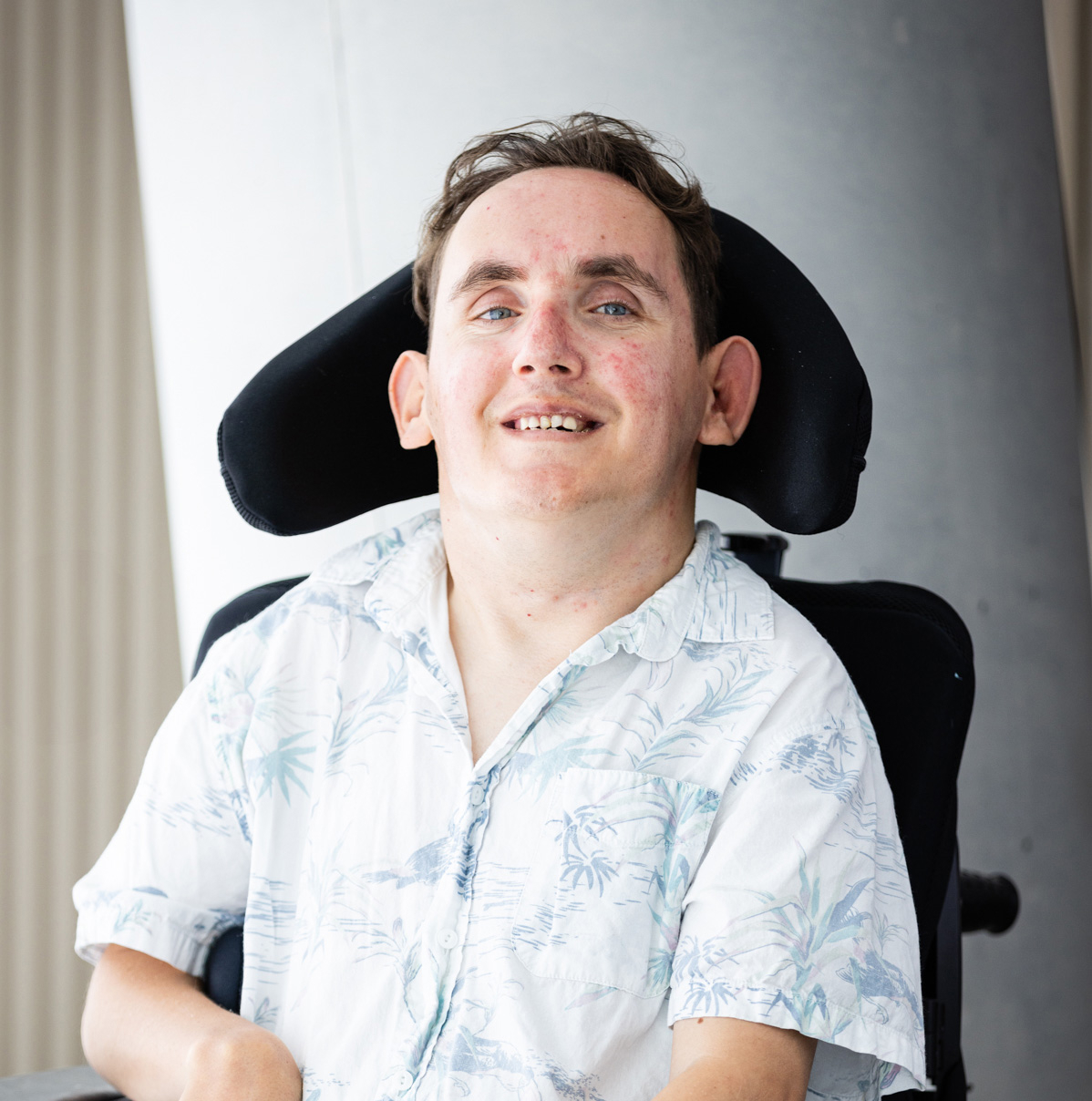- Posted on 5 Aug 2025
- 6 minutes read
UTS research seeks to put consideration of Australia’s disability history at the heart of government planning processes.
The voices of people with people with disability must be the driving force behind planning decisions at the sites of former disability institutions, according to a collaborative research team at UTS.
A reparative disability planning framework can guide government planning decisions as they relate to publicly-owned institution sites, developed by an inclusive team led by Professor Linda Steele and Professor Phillippa Carnemolla in collaboration with UTS research associate Jack Kelly and disability rights advocate Leigh Creighton.
The framework is part of a larger program of research program being delivered in collaboration with the Council for Intellectual Disability, Hunter Circles and Action for People with Disability Inc.
For more than 100 years, NSW Government policy enabled the operation of disability institutions that caused significant harm to untold numbers of people.
Today, the sites of many of these institutions are sold or redeveloped with no recognition of their devastating impacts on people with disability and the broader community.
“These institutions were places where people with disability could be segregated from the community,” says Associate Professor Steele, a socio-legal researcher with expertise in disability, law and social justice.
“There was often low staffing, problems with accessing medical care and education, there were systems of reward and punishment that impacted how people behaved.
"People were subjected to sexual and physical violence, to sterilisation, to restraint, to forced medical experimentation and forced labour.”

Remembering these stories and the sites on which they occurred is vital to reversing the continued erasure of the lives and experiences of people with disability and honouring their activism, resistance and survival, particularly for those who lived in these institutions.
The reparative disability planning framework offers a blueprint for future government planning processes for institution sites.
The framework’s five principles — Dialogue, Acknowledgement, Action, Atonement and Interconnection — require sustained and collaborative engagement with people with disability, whose lived experience equips them with vital insights that governments and other stakeholders need to hear.
“I know a lot of people who lived [in institutions] for quite some time, for over 50 years, and I know the impact it has had on them — the trauma of being inside them and it’s really hard,” says Leigh Creighton, a person with Down syndrome who has years of experience as a disability and human rights advocate.
Disability institutions are about people and their stories, and we want to remember those stories even as the world changes around them.
There are already multiple examples of the framework’s potential to shape government planning processes now and into the future.
In the last couple of years alone, the NSW Government has announced plans to repurpose numerous high-profile disability institution sites, including Peat Island, the Stockton Centre and Tomaree Lodge.
The UTS research team is working with disability sector stakeholders to keep the histories of these sites at the centre of future planning processes and future use.
“This is foundational work that we’re doing. The impact will be changing the way that governments manage those sites and engage with the disability community,” says Associate Professor Phillippa Carnemolla.
The framework, which also recognises the need to explore connections with other structural injustices such as colonialism and its impacts on First Nations people, is guiding these advocacy activities.
“If we preserve those sites and the land that the disability institutions were on, it’s respecting [and acknowledging] what has happened in the past to those people and those family members that were affected,” says Jack Kelly, a UTS Honorary Research Fellow and a person with intellectual disability.

Recently, the project caught the attention of the NSW Government when the research team met with NSW Minister for Disability Inclusion, the Hon Kate Washington, who publicly thanked them for their work and highlighted the importance of remembering Australia’s disability histories.
And the work comes not a moment too soon. According to Heath Dickens, Chief Executive Officer of the Council for Intellectual Disability, the time for broad collaboration in service of Australia’s disability histories is now.
“The profound detrimental impact institutions had on people with disability can never be forgotten,” he says.
“Acknowledging and remembering the history of institutions respects the experiences of people with disability and provides a background context for the incredibly important, ongoing reform of the disability sector.”
Explore
More about the Disability Research Network
The UTS Disability Research Network crosses boundaries and combining expertise to enable evidence-based change.










